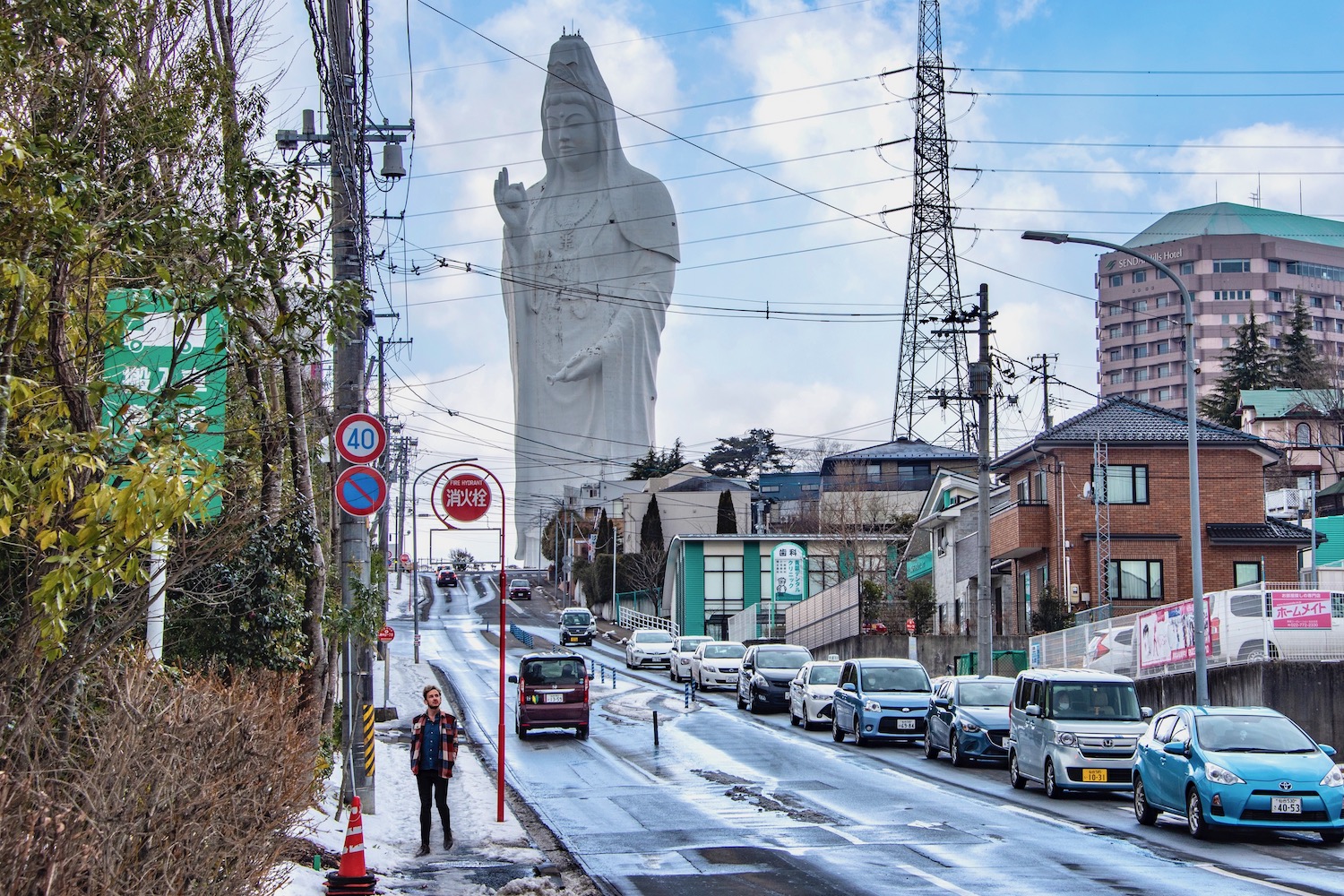I flew to Sendai on a wave of vague familiarity, a nostalgia of the faintest sort. By the time I emerged into the city, through the same exit I’d used the very first time I came here, it had faded completed.
Superficially, Sendai was much larger than I remembered. It was much more bustling, too, even if this was likely because no state of emergency was declared here, at least not (yet) in 2021.
I’d certainly never eaten gyutan, the famous local delicacy that inspired me to have my first meal at Umami Tasuke. Stepping into the eatery, whose smallness overwhelmed me in the same way Sendai’s largeness had earlier in the evening, was confronting.
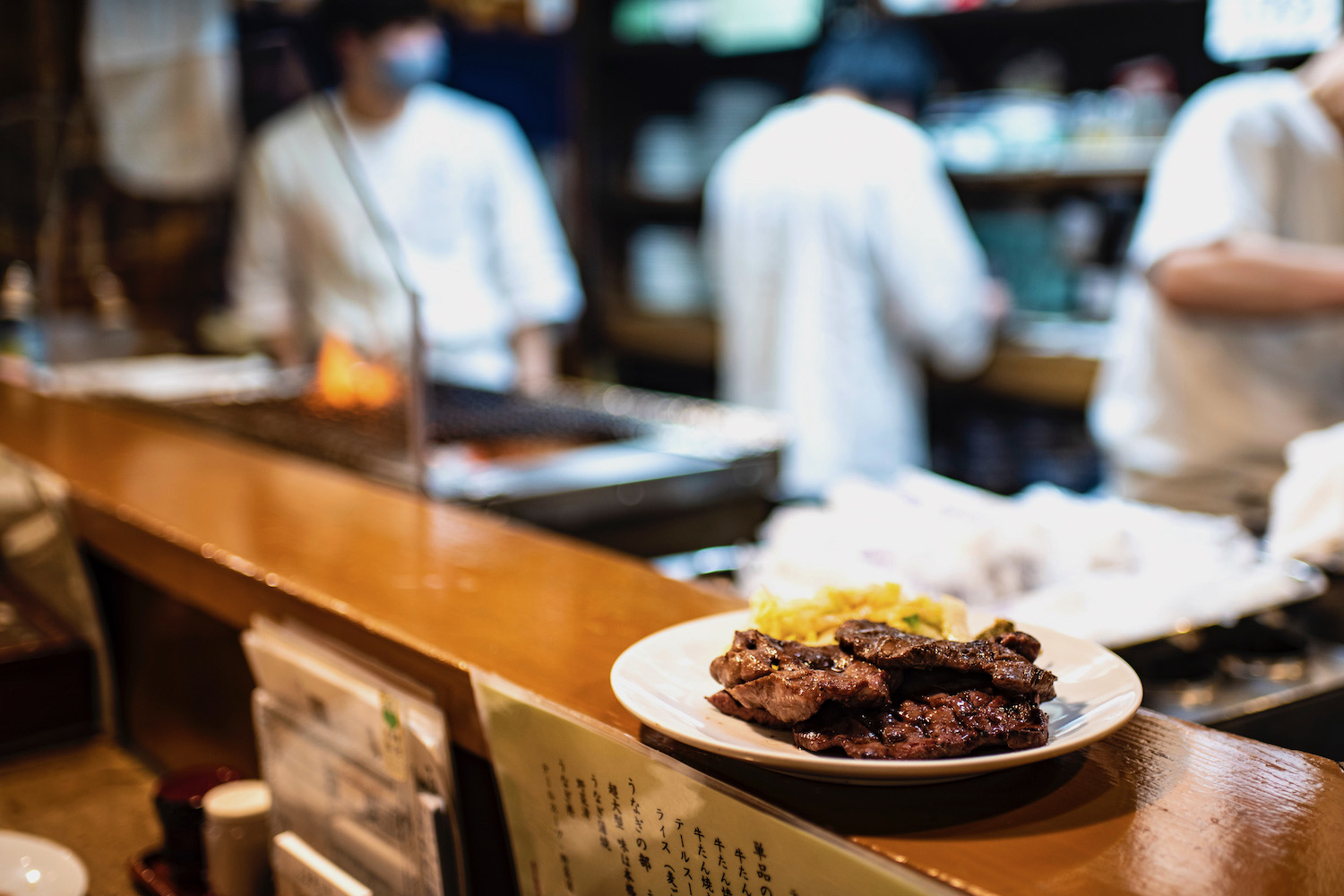
The chefs were close enough that I could understand what they said about me under their breath, in spite of my limited Japanese language ability.
While their words didn’t sizzle quite as hot as the beef tongues they were grilling over metal grates, neither was their gaze as inviting as the aroma of the organs, which belied the grisly way their flesh glistened.
Initially I excused their coldness as shyness. They probably haven’t seen a foreigner in a while, I assured myself as I awkwardly chewed through my first mai of the meat, which was tougher than its buttery taste suggested it should be.
Emerging onto the streets of Kokubuncho, which was less luminous than Tokyo’s Kabukicho but presumably just as seedy, made me second-guess myself.
And not just because of the drunk who screamed gibberish in my face upon his exit from a men’s club, although it was strange to see someone already wasted at 10 minutes to eight.
No, it was contemptuous mockery that I detected in people’s eyes. As I walked through the district as discreetly as the only foreigner in a tertiary Japanese city in the Covid era possibly can, I wondered whether the dark energy I felt around me accounted, at least in part, for the dimness of the neon.
I wouldn’t go so far as to say I considered my second first impression of Sendai foreboding, but did make a mental note of how it made me feel.
I hoped, like the salt-strewn piles of snow melting onto the soiled pavement beneath, that the freeze I’d just experienced would thaw quickly and without warning.
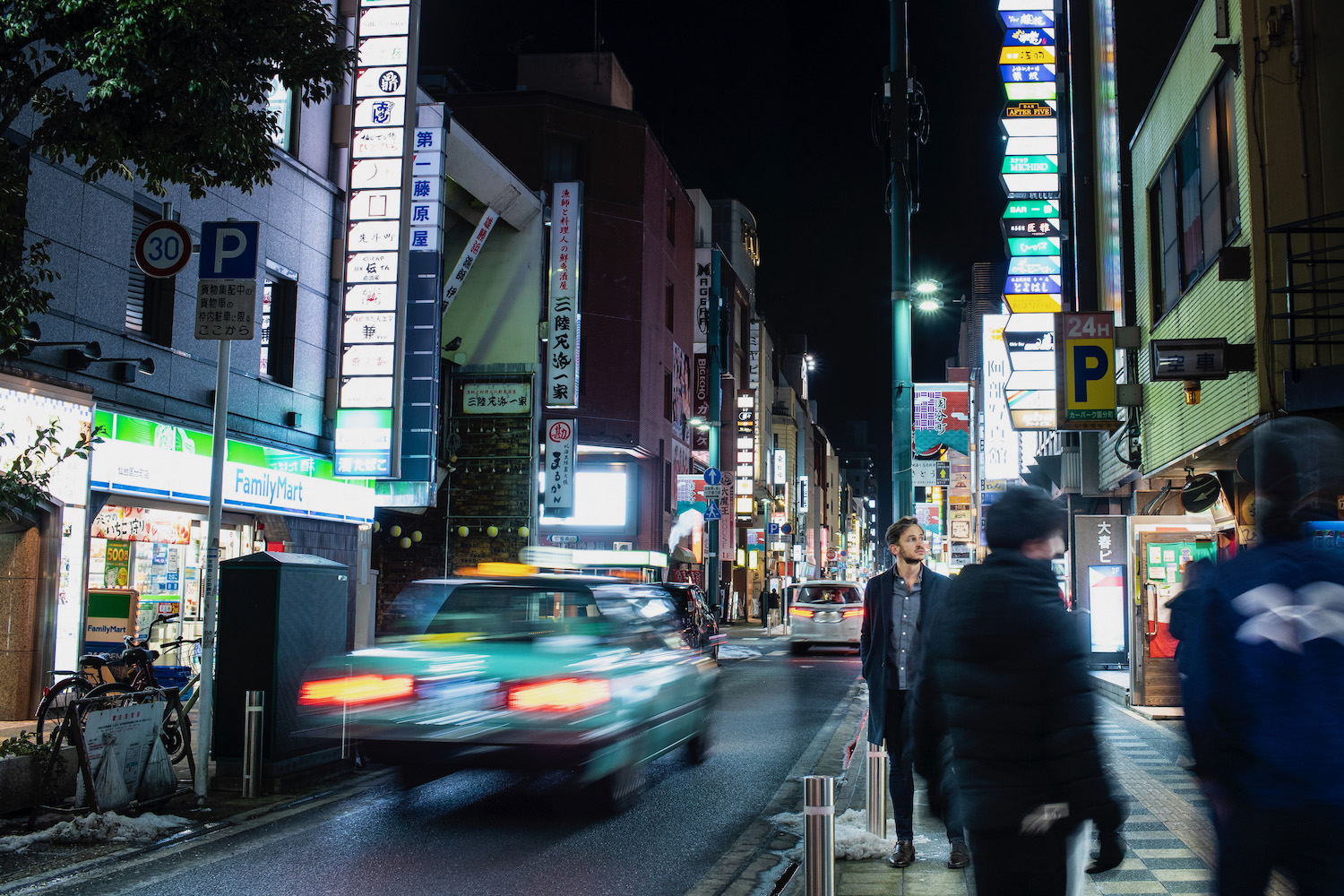
I hit the streets early the next morning. Too early, maybe.
In Japan, of course, this—being too early—is never bad a thing. After visiting Lawson to purchase a Godiva chocolate mini-baguette as an omiyage for one of my classmates, I crossed the street to 7-Eleven, behind a man so drunk he could barely walk, who stumbled in so he could use the copy machine of all things.
My pre-dawn stroll made me eager to return here during autumn, if only to see the voluptuous ginkgo along Hirose-dori fleshed out.
Breakfast at my dingy accommodation, which retails at ¥4,700 per night, paired gyutan curry with umeboshi-flavored mochi rolled in dry shiso leaves and pancakes smothered in fresh strawberries and topped with whipped cream blossoms.
I was floored—Japanese hotel breakfasts are notorious mediocre—and even more pumped-up to explore Sendai, after almost seven years of convincing myself I didn’t need to.
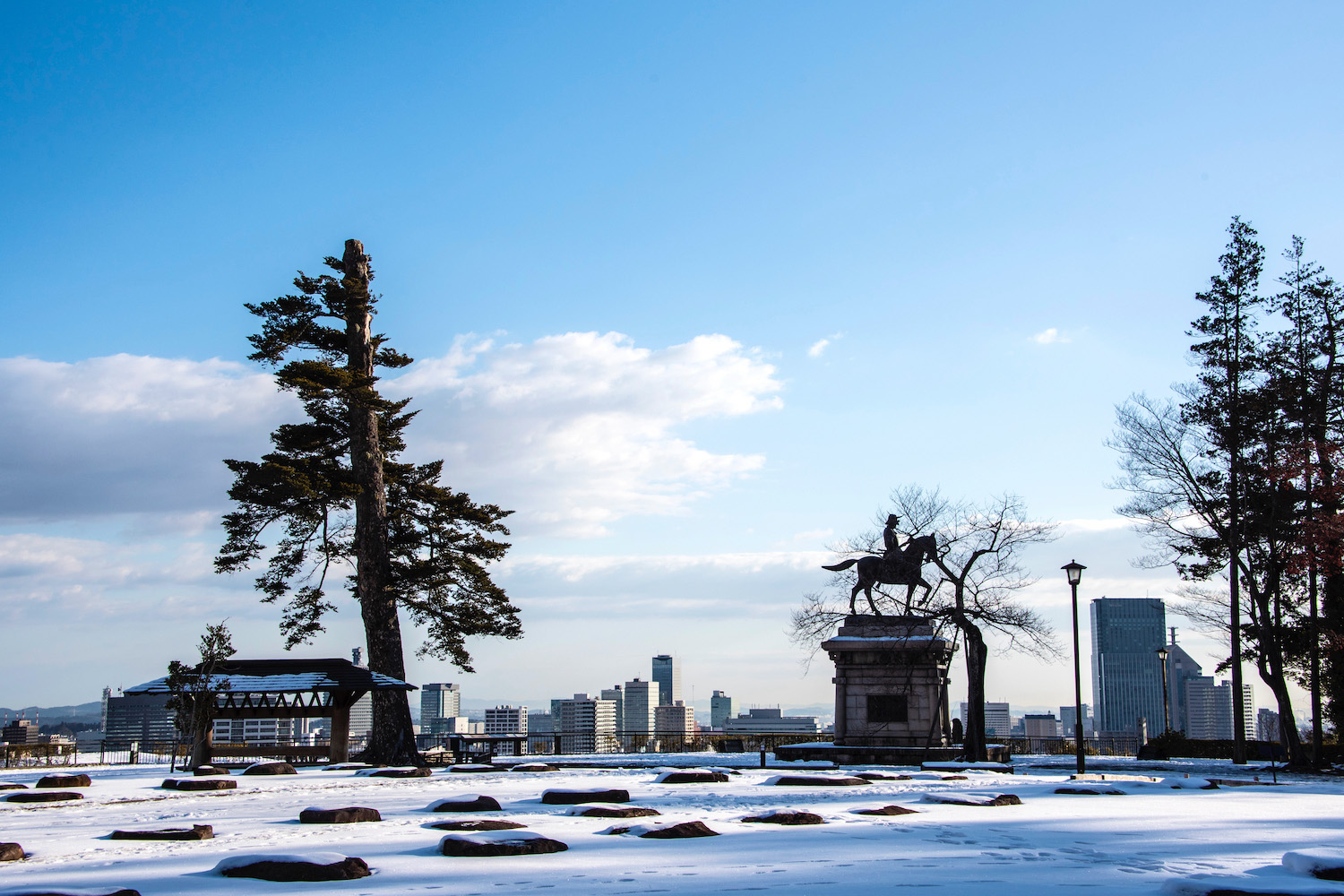
As the cobalt sky brightened first to cerulean and finally to periwinkle, I traipsed westward to the ruins of Sendai Castle. That I managed not to slip on the melting ice as I climbed the slope was as miraculous as how deserted the pristine plateau was.
I was only vaguely familiar with Date Masamune, who was immortalized in bronze atop a horse where the tenshu of Sendai-jo once stood. Unfortunately, just as an avalanche will never be the destiny of the snow rolling off the roof of Zuihoden, where this most powerful and influential of pre-Edo Samurai and all his heirs are interred, there is a limit to the knowledge one can acquire in a single morning.
This was especially true given that most every placard I came across was at least 75% in Japanese. Not that the woman who sold me my ticket to Zuihoden’s museum needed to know that was a problem.
Nihongo dai joobu desuka? She asked, clearly expecting me to answer “iie” (or “no,” more likely) than the stubborn “hai” I hooted out.
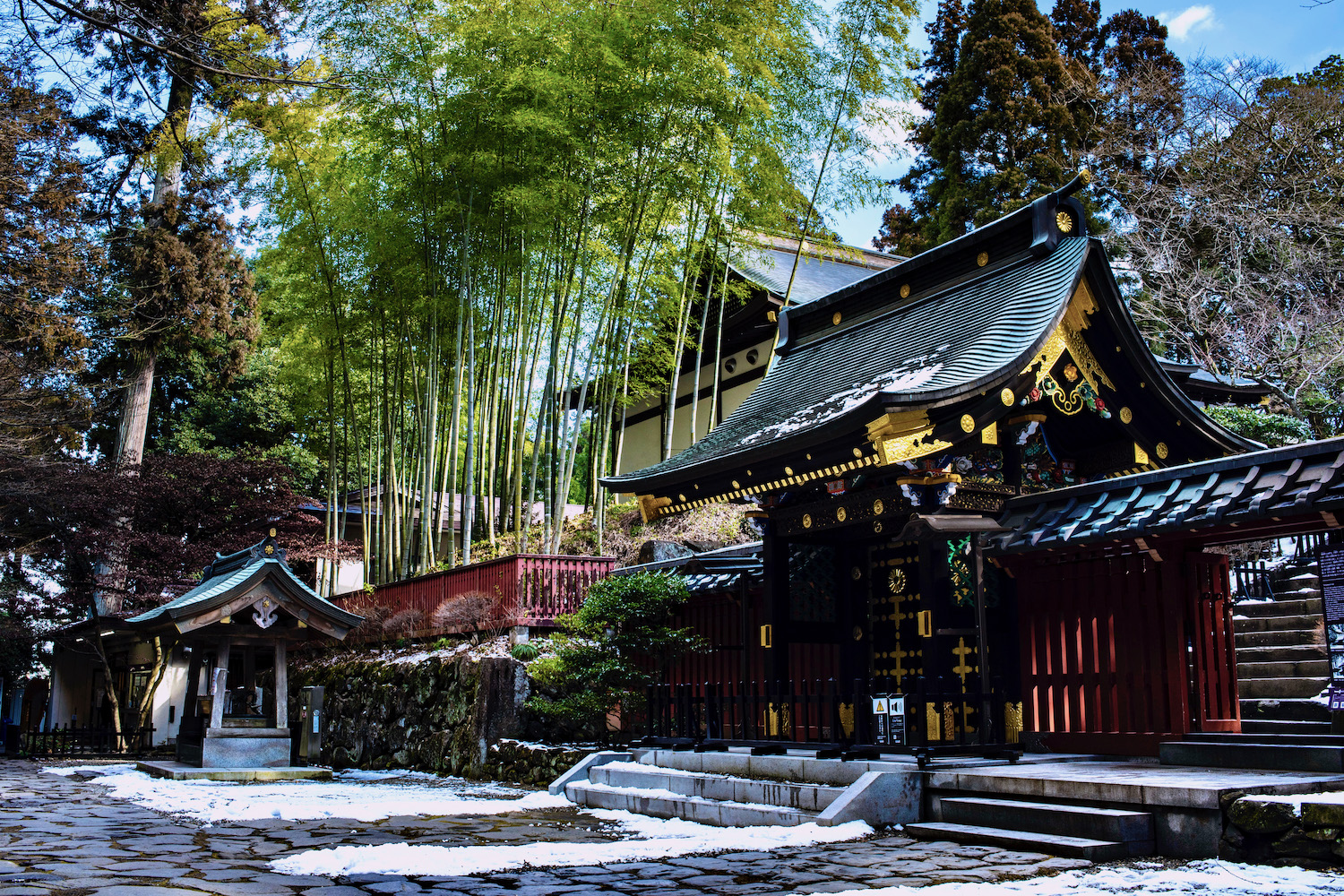
As I left behind the city center to come face-to-face with the towering Daikannon statue in Sendai’s western hills, I noticed nature was just as keen to tease spring as it had been when it tantalized me with visions of fall earlier in the day.
The thought of mankai manifesting itself upon the dozens of barren shidarezakura I saw by the time I reached Matsushima, an arrival that signified my having seen the entire triumvirate of Japan’s “Great Views,” was almost erotic.
Conversely, the view of these famous pine-covered islands was anticlimactic, at least initially.
It took me traipsing around Aoshima, the only one accessible by foot, and seeing the scene painted in the faintly pink light of dusk for me to conclude that this was probably my second-favorite: Less iconic than Miyajima, but truer to its advertised beauty than Amanohashidate seems to have been in retrospect.
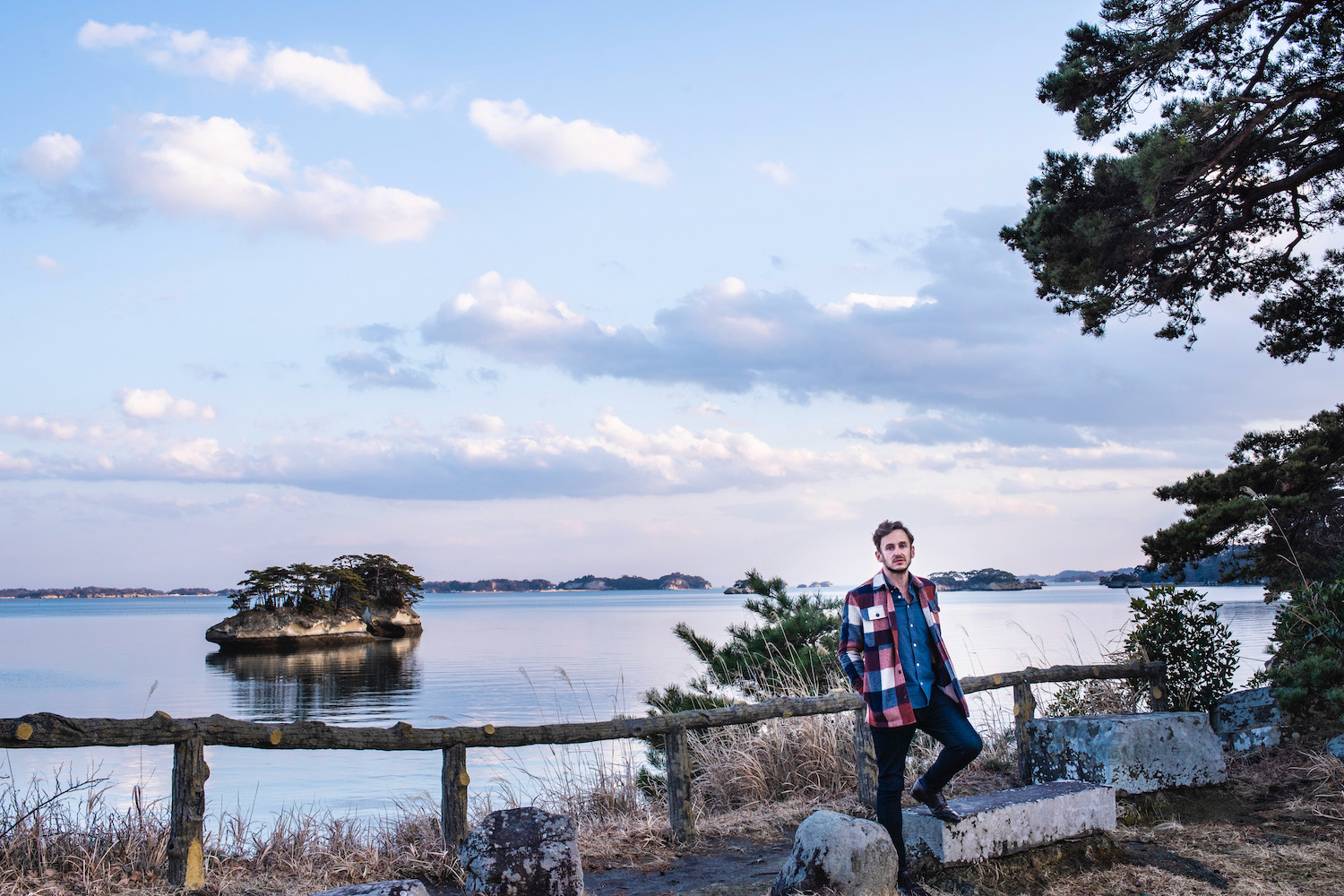
I would end the day, or at least the part of it worth writing about, enmeshed in the same pathological punctuality in which I’d begun it, arriving at Matsushima-kaigan station nearly half an hour earlier than I needed to, given that there was only one train per hour—I had nothing to gain in those 27 minutes.
Or so I thought. Just before passing through the gates, I noticed a young woman and her son, whose face—the son’s, this is—had been literally glued to the windows of the densha on the way here a couple of hours before.
His shy “Konnichiwa” brought a smile to my face, among other reasons because of how rare it is for any stranger in this country to greet you for the sake of saying hello. But it was the love in his mother’s gaze that charmed mine.
I remembered excursions I used to take with my own mom when I was no higher than her waist. We never went anywhere as famous as Matsushima, not even relative to where I grew up, but the feeling—which is still vivid to me, all these years later—was the same.
As I watched the woman look upon her son discovering the world, I wondered if her recollection would prove as vivid as his three decades in the future.
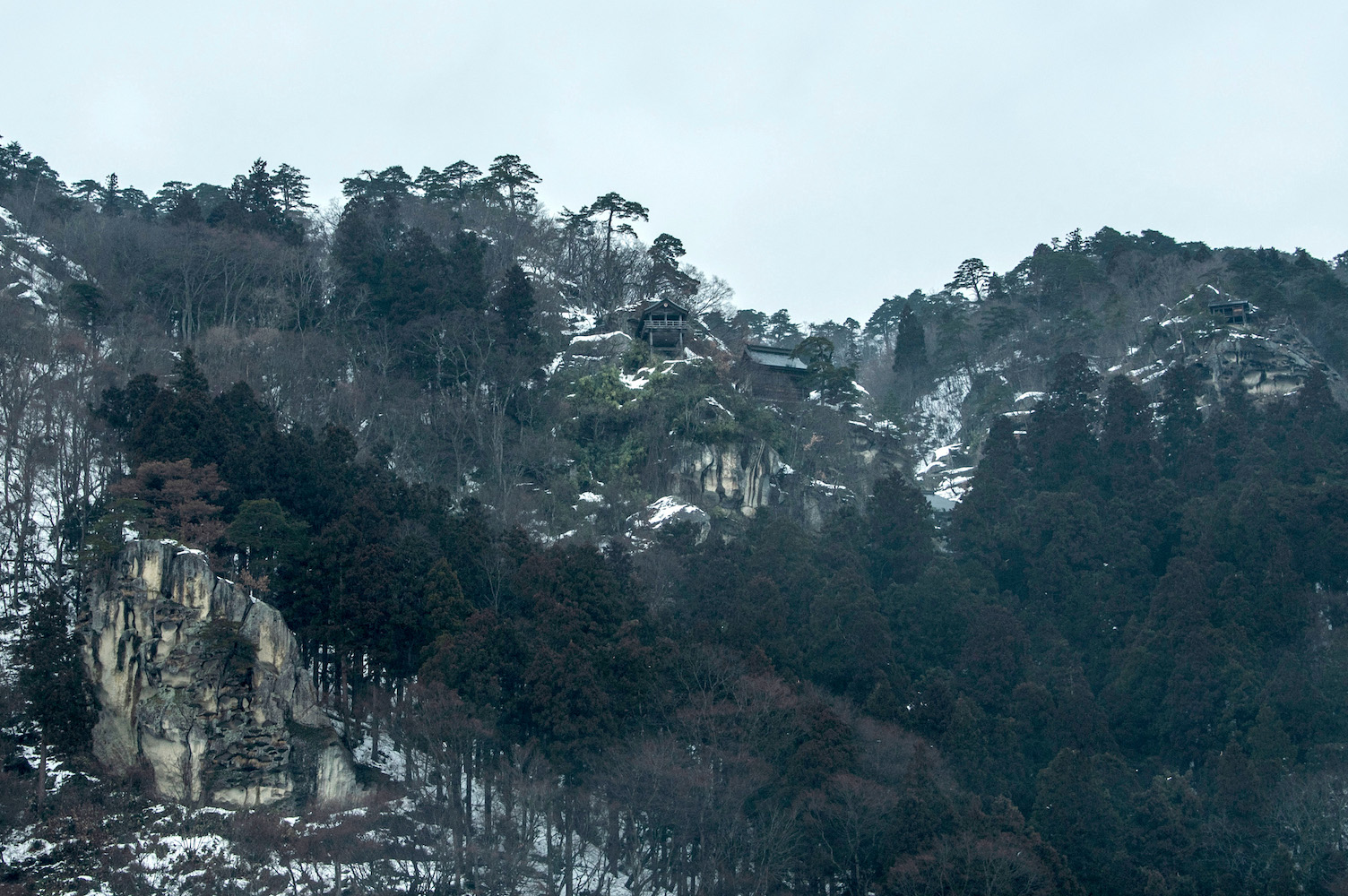
During a konbini jaunt on my third (and, for now, final) morning in Sendai, the muzak melody playing as I filled my coffee cup made me stop at think, as they—instrumental versions of popular songs that play in Japanese convenience stores, this is—often do.
Could the contemptuous mockery I experienced my first night along Kokubuncho have been “just my imagination”?
Certainly, none of it emanated from my fellow passengers on the Senzan Line, who were primarily university-aged girls decked out in full hiking gear.
Yet as kind (or at least neutral) as the young women appeared, I prayed we weren’t bound for the same destination. I don’t mind hiking in city clothes, even in the middle of winter (and in the middle of nowhere), but it’s always awkward doing so around people dressed to the nines, I mean as much as that phrase can apply to the REI contingent.
Thankfully, I was literally the only person who disembarked in Yamadera. I might have been the only person there at all, judging by the percentage—one hundred—of shops fully shuttered. Their advertisements for soft cream made with Yamagata-grown cherries made me pine for summer, not unlike the deadened ginkgo and shidarezakura had done the day before.
I should’ve felt disappointed at the “Closed” sign at the ticket gate of Risshou-ji (the “mountain temple” that gives the town of Yamadera its name); I should have fully committed to the thousand-step climb when I decided to breach the blocked entrance, as much as one can breach an entrance blocked only by a single word.
Yet something (probably the iciness of the first hundred or so steps, and the lack of anything to grab onto in the event I slipped on one of them) made me turn back just minutes after I began, even after the attendant (who I assumed was coming to scold me) told me that the trail wasn’t closed.
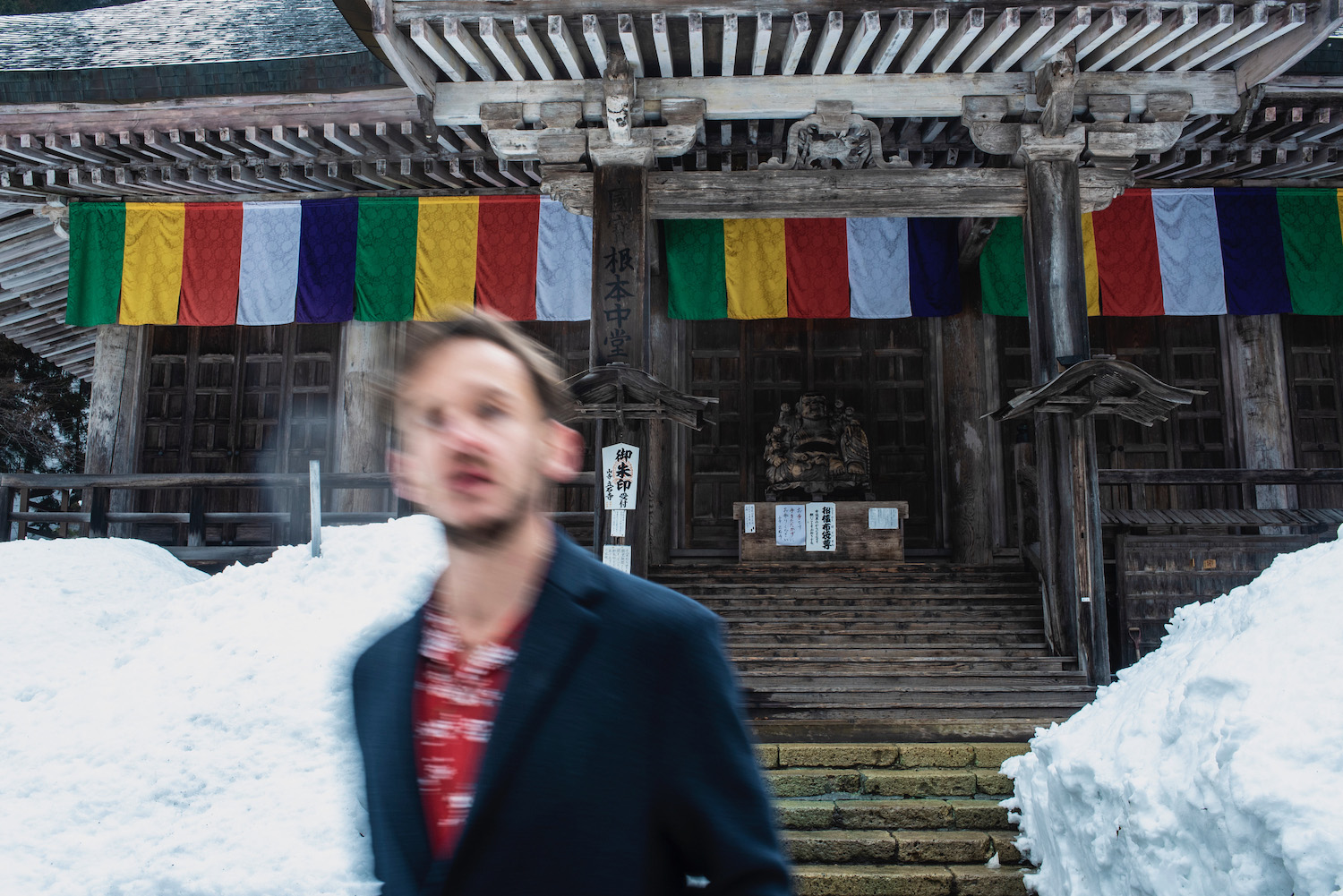
“You just arrived too early,” he said smiling, in a mix of Japanese and English perfect for my current ability level.
My first real trip to Sendai and its vicinity, thus, ended much in the same way it began—and not just because my pathological punctuality ended up screwing me for the second time in as many days.
When I come back to Yamadera (in summer, certainly, but perhaps also in spring, depending on how this year’s sakura bloom goes), it will be on a wave of familiarity adjacent (which is to say, less vague) to the tide that carried me back to the hub of Tohoku in the first place.
Other FAQ About Travel to Sendai
Is Sendai worth visiting?
Sendai is absolutely worth visiting, and not just as a stopping-off point between Tokyo and destinations in the Tohoku region. Stay a night and explore city-center attractions like the Aoba Castle Ruins, or make a day trip to Matsushima Bay or to Yamadera temple. There are many more things to do in Sendai than you’re probably anticipating.
How many days do you need in Sendai?
For most travelers, 1-2 days in Sendai should do the trick, considering how easy it is to travel from Tokyo to Sendai. This allows you a full day to explore the city center, be that to eat Gyutan or follow the historical trail of Date Masamune, and another day to make a day trip, such as to scenic Matsushima Bay or for a hike up to Yamadera temple.
Why should I go to Sendai?
Sendai is the gateway to Japan’s underrated Tohoku region, and an interesting city in its own right. You should visit Sendai if only for a night or two en route to more scenic and interesting destinations in Tohoku. Additionally, Sendai’s Gyutan or beef tongue is one of Japan’s great culinary traditions; eating it is among the best examples of what to do in Sendai.



